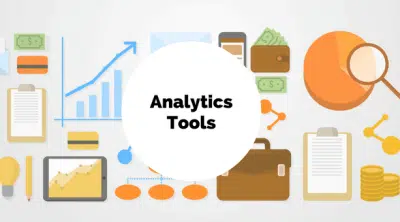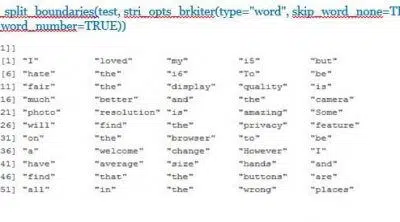Trip Mission Analysis
Understanding Customer Motivations
Different customers go to different stores for different reasons.
Case I – You are coming back from office and you remember you are out of milk. You make a quick stop at the local ‘kiraana’ store near your house and pick up milk and maybe eggs too now that you are here.
Case II– It’s a Saturday afternoon. You are lazing around in the house when your wife hands you a list of grocery shopping. It’s a weekly replenishment trip. You realize you have to pick up fruits, vegetables, juices, the aftershave you ran out of etc. etc. This time you may not go to the store next door. Instead, you may go to a Foodworld or Niligiri’s which carries a wider assortment and you can get everything in one stop.
Your choice of store could be determined by the assortment in the store (how many products, how many varieties)) or convenience (speedy billing or availability of parking). 
Different factors determine which store a customer will choose for his shopping trip. Conversely, different stores will have different kinds of trip distribution. Understanding this distribution can help determine store layout, store assortment and other information like do you need more parking space, does it make sense to have home delivery etc..
Retailers can do all this and more using the billing information. Billing information can characterize each basket. No. of items in the basket, Rupees spent, distribution of product groups, distribution by department or any other level in the product hierarchy. This is all valuable information from which actionable insights can be derived. Retailers can understand the reason(s) for a customer’s trip and then design suitable strategies to drive store volumes.
Related articles:
How Store Location and Pricing Structure Affect Shopping Behavior
How do Mindsets Change During a Shopping Trip?
Dr. Romesh Wadhwani of IRI on Next-Gen Consumer & Shopper Insights







